Birds’ nesting season represents one of nature’s most fascinating displays of parental dedication and instinctual behavior. Witnessing a pair of birds construct a nest, incubate eggs, and raise their young offers unparalleled educational and emotional rewards for nature enthusiasts. However, this privilege comes with significant responsibility. Human disturbance during this vulnerable period can cause nest abandonment, expose eggs or chicks to predators, or create chronic stress that affects breeding success. This comprehensive guide will help you observe nesting birds ethically and responsibly, ensuring your passion for birdwatching doesn’t inadvertently harm the very creatures you admire.
Understanding Bird Nesting Behaviors
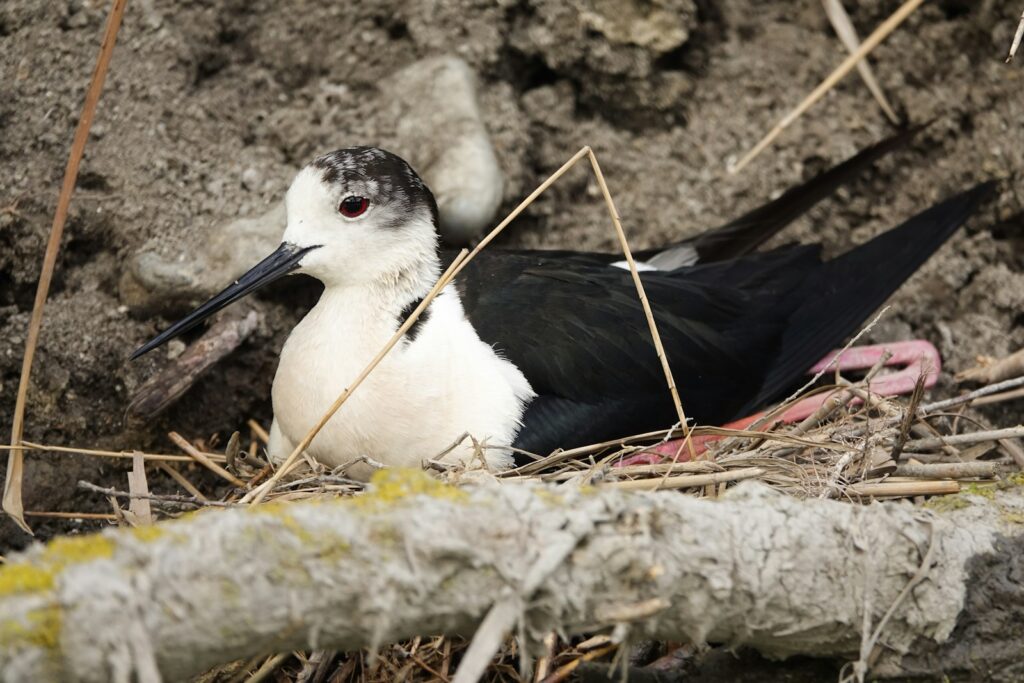
Birds display remarkable diversity in their nesting strategies, with each species having evolved unique approaches to reproduction. Some construct elaborate nests in trees, while others create simple scrapes on the ground or utilize cavities in trees or buildings. Nesting periods vary significantly across species, from the brief two-week cycle of some songbirds to the months-long commitment of certain raptors and seabirds. Understanding the specific nesting behaviors of your local bird species provides crucial context for responsible observation. Many birds are particularly sensitive during the nest-building and egg-laying phases, when disturbance might cause them to abandon their reproductive efforts entirely. This knowledge helps observers make informed decisions about when and how to approach potential nesting sites.
Legal Protections for Nesting Birds
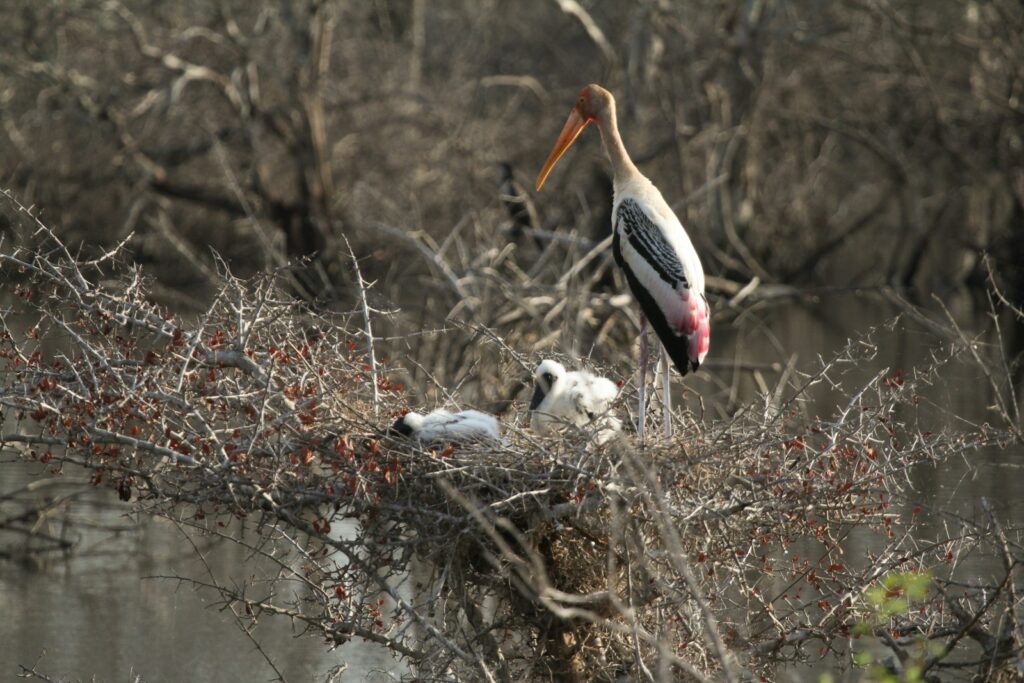
Most bird species enjoy robust legal protection during nesting season under various national and international laws. In the United States, the Migratory Bird Treaty Act makes it illegal to disturb, harm, or possess most native bird species, their eggs, nests, or nestlings without proper permits. Similar protections exist in Canada through the Migratory Birds Convention Act and in the UK under the Wildlife and Countryside Act. In addition to these broad protections, endangered or threatened species often have additional legal safeguards with serious penalties for violations. Familiarizing yourself with these regulations not only ensures your observations remain legal but also reinforces the ethical framework that guides responsible wildlife watching. Conservation organizations frequently provide up-to-date information on local nesting seasons and species-specific guidelines.
Essential Equipment for Ethical Bird Observation
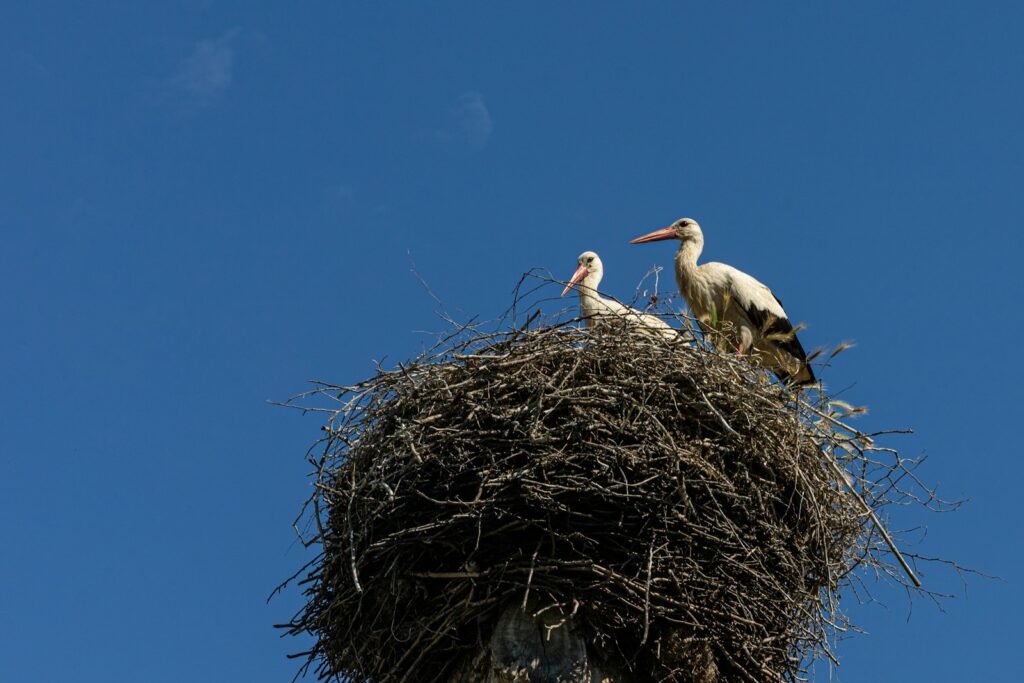
The right equipment makes all the difference in maintaining a respectful distance while still enjoying detailed views of nesting birds. Quality binoculars with 8x or 10x magnification represent the cornerstone of ethical bird observation, allowing clear views from 50-100 feet away or more. For even more detailed observation, consider investing in a spotting scope with 20-60x magnification and a stable tripod, which enables comfortable viewing from hundreds of feet away. Modern smartphone adapters for binoculars and scopes can capture remarkable photos without requiring close approaches. Subdued, natural-colored clothing helps minimize your visibility, while field guides specific to your region help identify species and understand their nesting habits. Remember that photography equipment should never be prioritized over the birds’ welfare – no photograph is worth disturbing a nesting attempt.
Maintaining Proper Distance from Nests
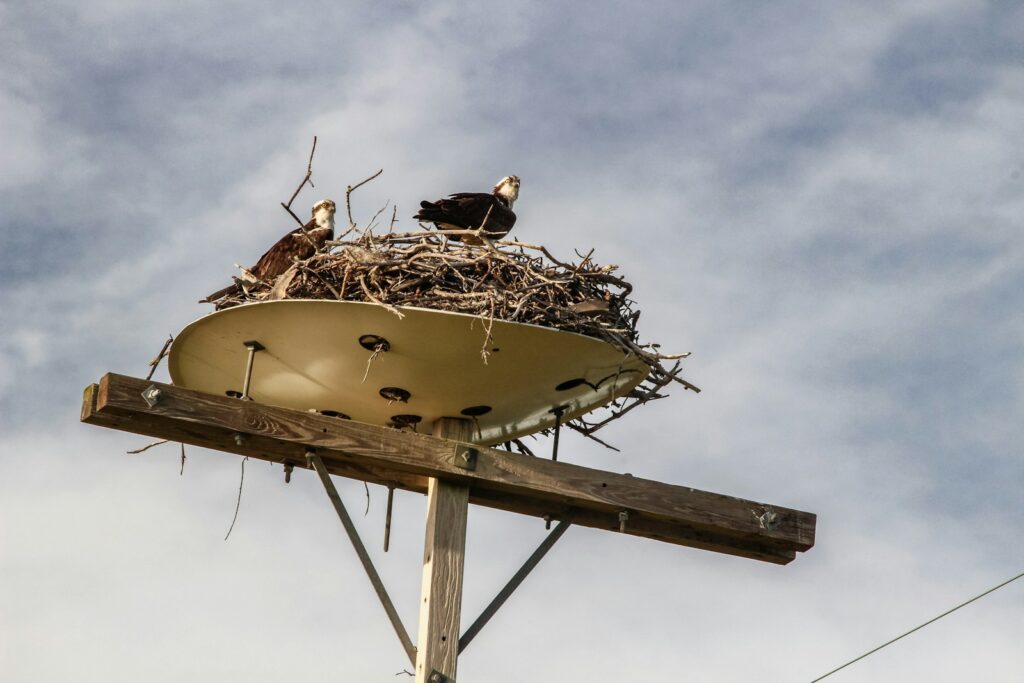
The appropriate observation distance varies significantly between bird species and habitat types, reflecting differences in sensitivity and habituation to human presence. As a general guideline, maintain at least 100 feet (30 meters) from most songbird nests and 300+ feet (90+ meters) from nesting raptors, shorebirds, and colonial waterbirds. Signs of distress like alarm calls, defensive flights, or distraction displays, indicate you’re too close and should immediately increase your distance. Ground-nesting species like killdeer, terns, and many grassland birds require exceptional caution as their nests lack the protection height provides. In sensitive habitats or with particularly vulnerable species, consider restricting your observations to established trails and blinds specifically designed for wildlife viewing. Always prioritize the birds’ comfort over obtaining a closer view or better photograph.
Timing Your Observations Strategically
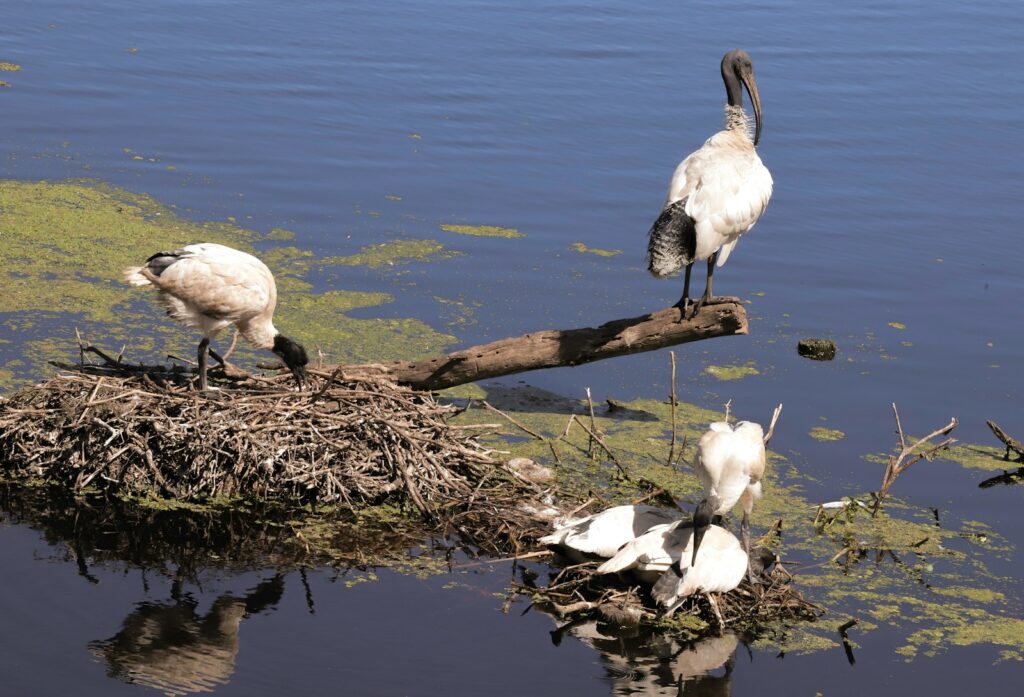
The timing of your nest observations can significantly impact their potential for disturbance. Early morning and late afternoon typically represent ideal observation windows, aligning with natural peaks in bird activity while avoiding disruption during critical feeding periods. Limit your observation sessions to 15-30 minutes per visit to minimize stress, especially if the birds show any signs of awareness of your presence. Weather conditions also warrant consideration – extreme heat, cold, or precipitation create additional stress for nesting birds, making these particularly poor times for observation. During incubation, many species have carefully calculated feeding and egg-turning schedules that shouldn’t be disrupted by human presence. By planning strategic, brief, and weather-appropriate visits, you can gather meaningful observations while minimizing your impact on the birds’ reproductive success.
Reading Bird Body Language
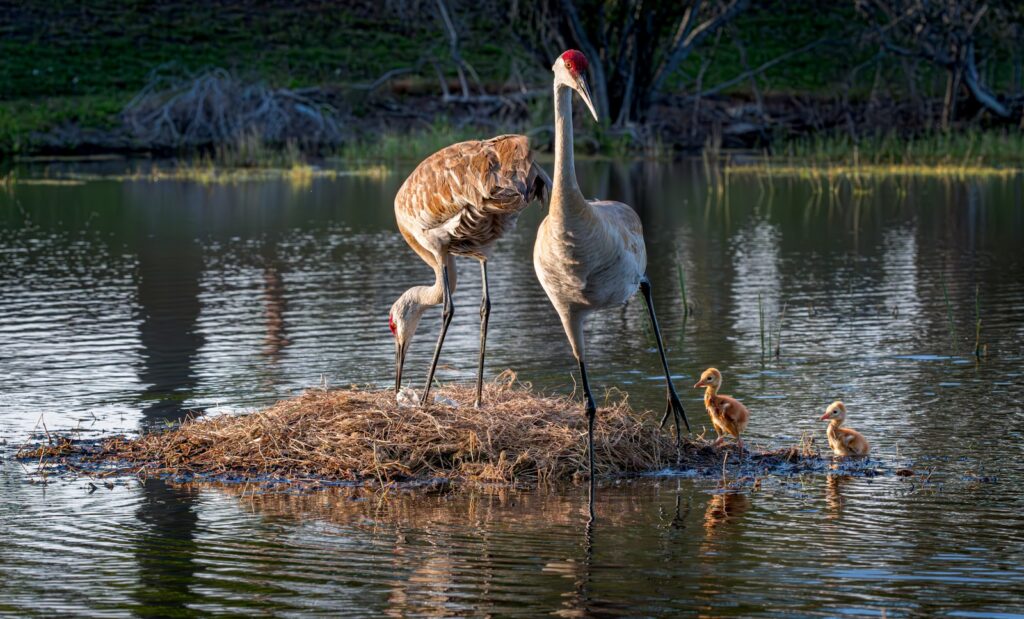
Learning to interpret avian body language proves essential for ethical observation, as birds communicate stress through subtle and obvious behaviors alike. Alarm calls, characterized by sharp, repetitive notes, often provide the first indication that your presence is causing concern. Physical signals like head-bobbing, tail-flicking, or “broken-wing displays” (where ground-nesting birds feign injury to draw predators away) represent clear distress signals requiring immediate retreat. Even apparently minor changes in posture, such as an incubating bird sitting higher on the nest or frequently looking up from feeding activities, may indicate awareness of your presence and growing discomfort. Conversely, behaviors like preening, relaxed postures, and normal feeding patterns suggest your observation distance is appropriate. Developing this “behavioral literacy” requires practice but represents one of the most valuable skills for any serious bird observer.
Ethical Photography Practices
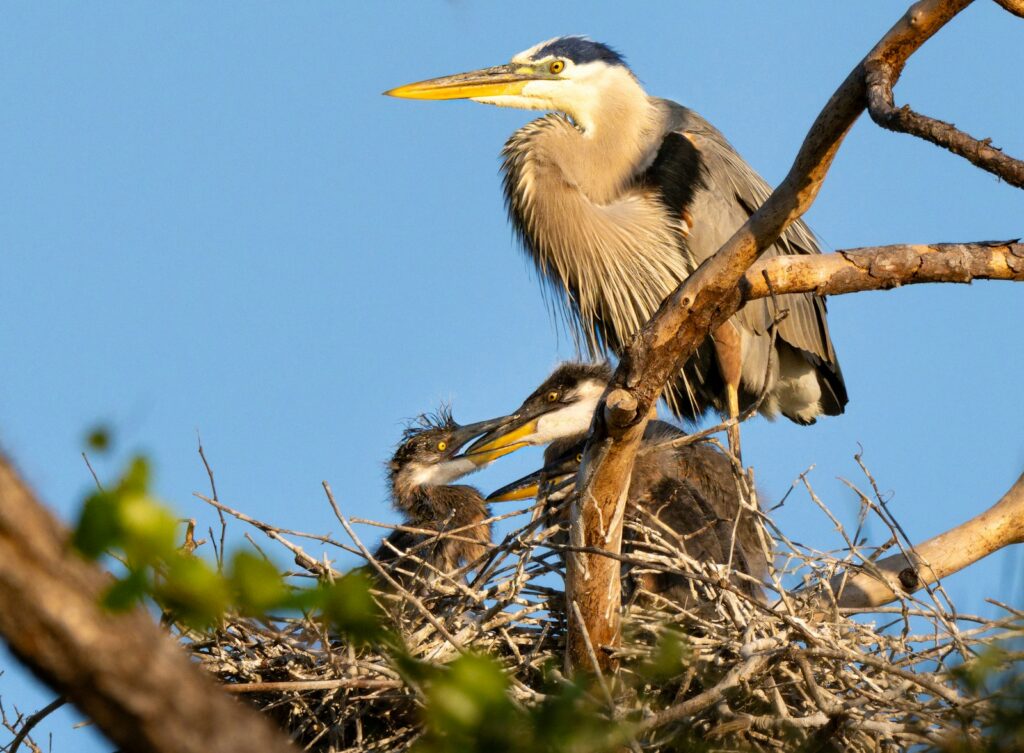
Bird photography presents unique ethical challenges, particularly around nesting sites where the desire for compelling images can sometimes override good judgment. Never manipulate habitat, remove foliage, or physically touch a nest to improve photographic access or visibility. Use telephoto lenses (300mm or longer) that allow distant image capture without approaching the nest, and consider remote triggers or camera traps that eliminate the need for human presence. Avoid using flash photography near nests, as the sudden burst of light can startle birds and potentially attract predators to the nest location. Most importantly, recognize when to put the camera away – if achieving your desired shot would require disturbing the birds, prioritize their welfare and enjoy the experience through observation alone. Many professional wildlife photographers follow the North American Nature Photography Association’s ethical field practices, which provide excellent guidelines for responsible bird photography.
Using Blinds and Established Observation Points

Wildlife blinds and established observation points offer perhaps the ideal compromise between close observation and minimal disturbance. Purpose-built blinds allow birds to continue their natural behaviors without awareness of human presence, often providing remarkable viewing opportunities as birds carry on undisturbed just feet away. Many wildlife refuges and bird sanctuaries maintain permanent blinds strategically positioned near known nesting locations. If constructing a temporary blind, set it up gradually over several days, allowing birds to acclimate to its presence before you begin using it for observation. Established observation platforms, particularly for colonial nesting species like herons and egrets, typically situate viewers at ideal distances where birds remain undisturbed by human presence. These communal viewing locations also reduce overall habitat impact by concentrating visitation in designated areas rather than creating multiple disturbance points throughout a habitat.
The Importance of Documentation
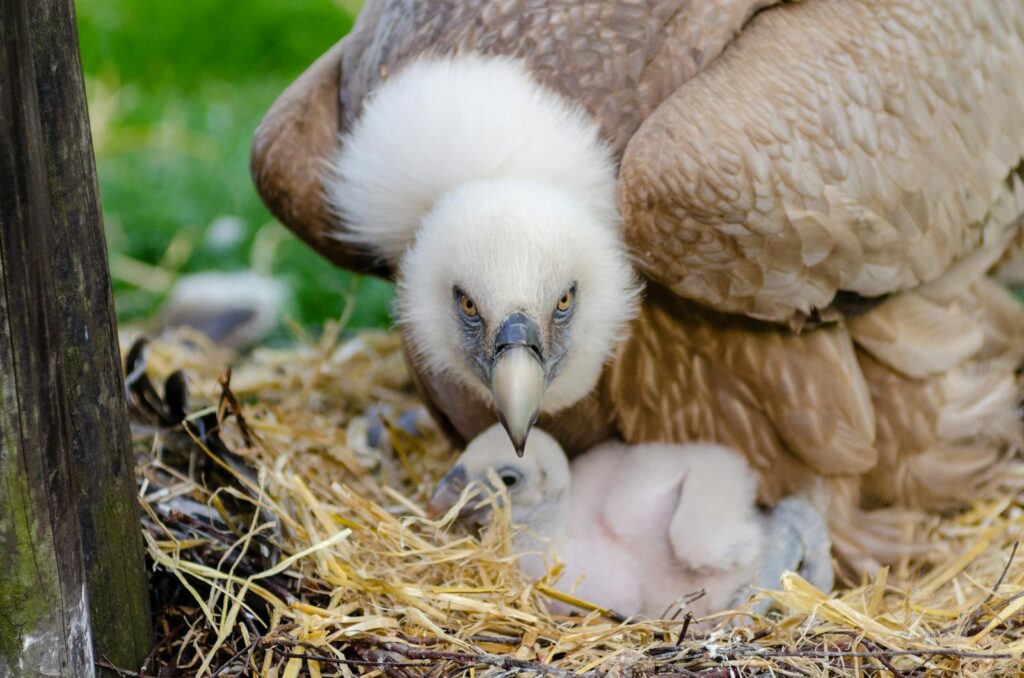
Careful documentation of your nesting bird observations can transform recreational birdwatching into valuable citizen science. Organizations like the Cornell Lab of Ornithology’s NestWatch program train volunteers to monitor nesting progress using standardized protocols that minimize disturbance while collecting scientifically valuable data. Detailed field notes recording species, behaviors, nest location characteristics, and breeding outcomes contribute to our collective understanding of avian reproduction and conservation challenges. When documenting nest locations, exercise caution about sharing precise coordinates publicly, particularly for sensitive species vulnerable to disturbance or collection. Geographic specificity in public reports should be limited to general areas rather than exact locations that might inadvertently lead others to sensitive nest sites. This careful approach to documentation balances the value of shared knowledge against the potential risks of increased visitation to active nesting sites.
Special Considerations for Different Bird Families
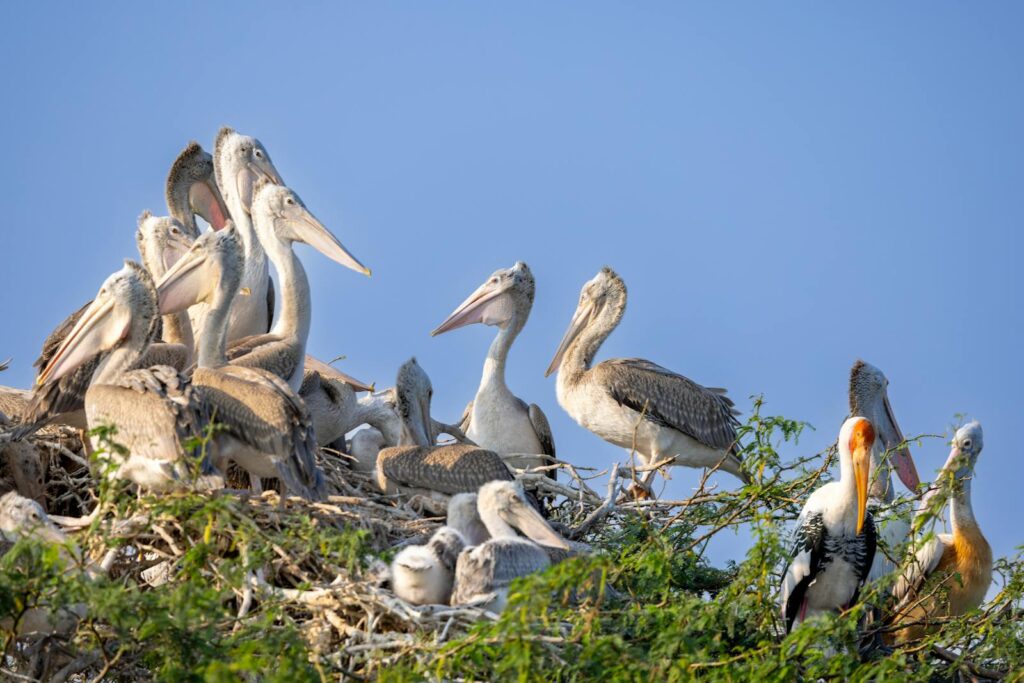
Different bird families exhibit varying sensitivities to human disturbance during nesting, requiring tailored observation approaches. Raptors like eagles, hawks, and owls typically demonstrate high sensitivity during nest construction and early incubation, requiring exceptional distance (often 600+ feet) and minimal visitation. Colonial waterbirds such as herons, egrets, and terns can experience catastrophic nest failures if disturbed, particularly in the early season when entire colonies might abandon their nests simultaneously. Ground-nesting species including plovers, terns, and many grassland birds, warrant special caution since approaching their nests may create visible trails that predators can follow. Cavity-nesting birds like woodpeckers and bluebirds generally tolerate closer observation, as their enclosed nests provide additional security, but still deserve respectful distance. Understanding these family-specific sensitivities helps observers adapt their practices appropriately across different birdwatching scenarios.
When to Report Nests to Authorities
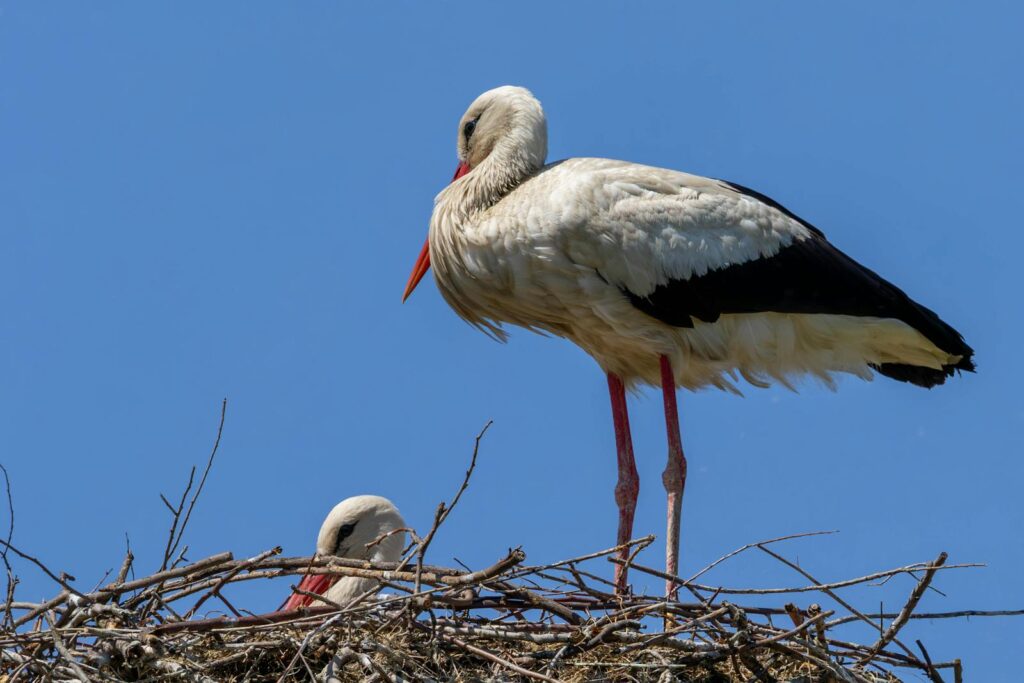
While most nest discoveries don’t require reporting, certain circumstances warrant alerting appropriate authorities or conservation organizations. Nests of endangered or threatened species should be reported to local wildlife agencies or conservation organizations that can provide appropriate monitoring and protection. Active nests facing imminent human threats, such as construction activity or habitat destruction, may benefit from intervention by wildlife officials who can work with developers to minimize impacts. If you observe illegal activities like nest destruction, egg collection, or harassment of nesting birds, documentation (including photos and videos when possible) should be submitted to wildlife enforcement authorities. Emergencies, such as fallen nests with living nestlings, might require immediate assistance from licensed wildlife rehabilitators who can provide proper care or advice. Creating relationships with local Audubon chapters or bird conservation groups provides valuable connections for these reporting scenarios.
Educating Others About Responsible Observation
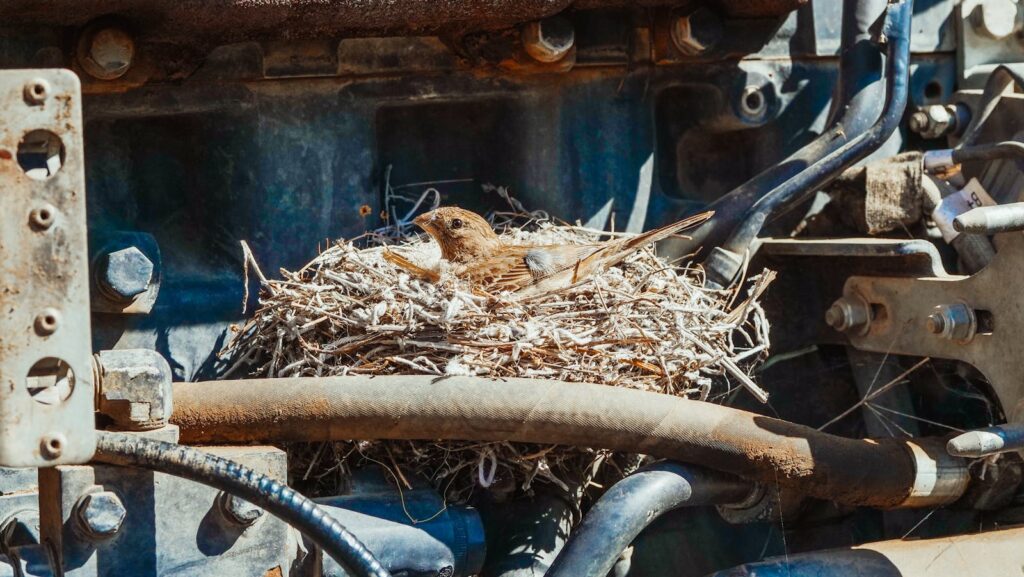
Sharing your knowledge about ethical bird observation amplifies your conservation impact beyond personal practice. When birdwatching with others, model responsible behavior by maintaining appropriate distances, speaking softly, and prioritizing bird welfare over obtaining perfect views or photographs. If you observe others disturbing nesting birds, consider a gentle, educational approach rather than confrontation – many disturbances stem from enthusiasm paired with a lack of awareness rather than malicious intent. Social media presents both challenges and opportunities; while sharing beautiful bird photography can inspire conservation interest, it’s essential to avoid posting images obtained through disturbing practices or revealing sensitive nest locations. Local bird clubs, nature centers, and school programs offer venues for formal education about ethical birdwatching practices. By spreading these principles, you help create a community of observers who collectively minimize their impact on the birds they cherish.
Contributing to Nest Conservation Efforts

Beyond observation, many opportunities exist to actively contribute to nest conservation efforts in your community. Installing and maintaining appropriate nest boxes provides critical nesting habitat for cavity-nesting species, particularly in areas where natural cavities have been reduced by development or forestry practices. Participation in organized monitoring programs like NestWatch or specialized initiatives like Kestrel or Bluebird nest box monitoring delivers valuable population data while giving you structured observation opportunities. Habitat protection through local land trusts, conservation easements, or habitat restoration projects addresses the fundamental need for appropriate nesting habitat. Supporting organizations working on broader conservation issues like climate change, pesticide reduction, and window collision prevention helps address systemic threats to nesting success. These active contributions transform passive observation into meaningful conservation impact that benefits current and future generations of nesting birds.
Conclusion
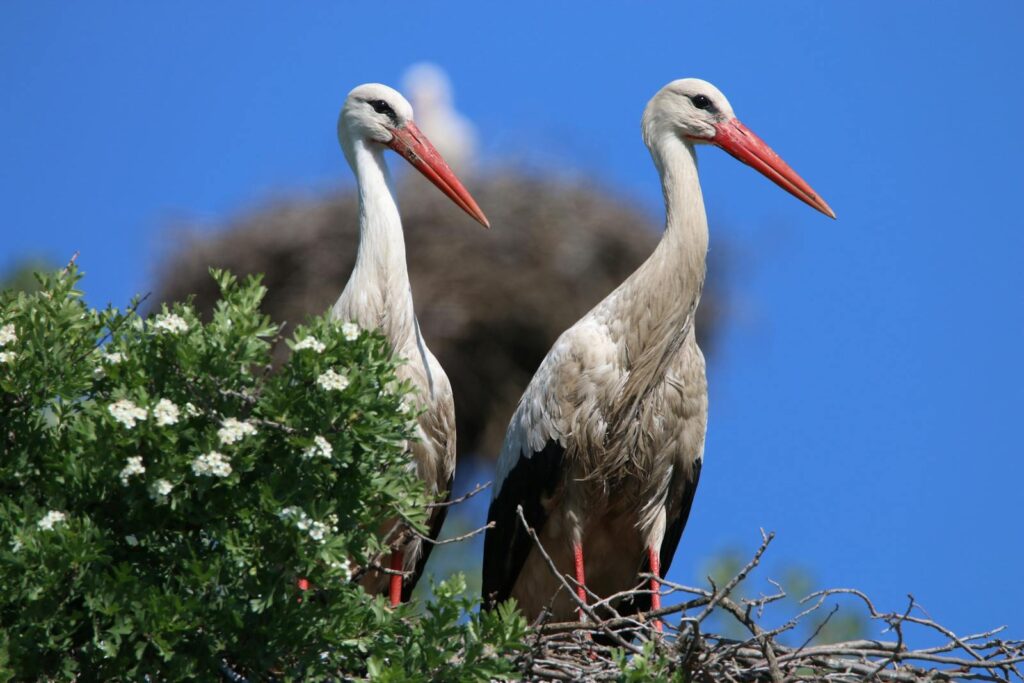
Observing nesting birds offers a window into one of nature’s most intimate and fascinating processes. By approaching this privilege with knowledge, appropriate equipment, and a commitment to ethical practices, we can enjoy these remarkable observations while ensuring our presence doesn’t compromise nesting success. Remember that the welfare of the birds always takes precedence over our desire for closer views or better photographs. With patience, respect, and the right approach, bird nesting season can provide unforgettable wildlife experiences that deepen our connection to the natural world while preserving the very behaviors we treasure. Through responsible observation practices, we become not just witnesses to avian life cycles but active participants in their protection and conservation.
